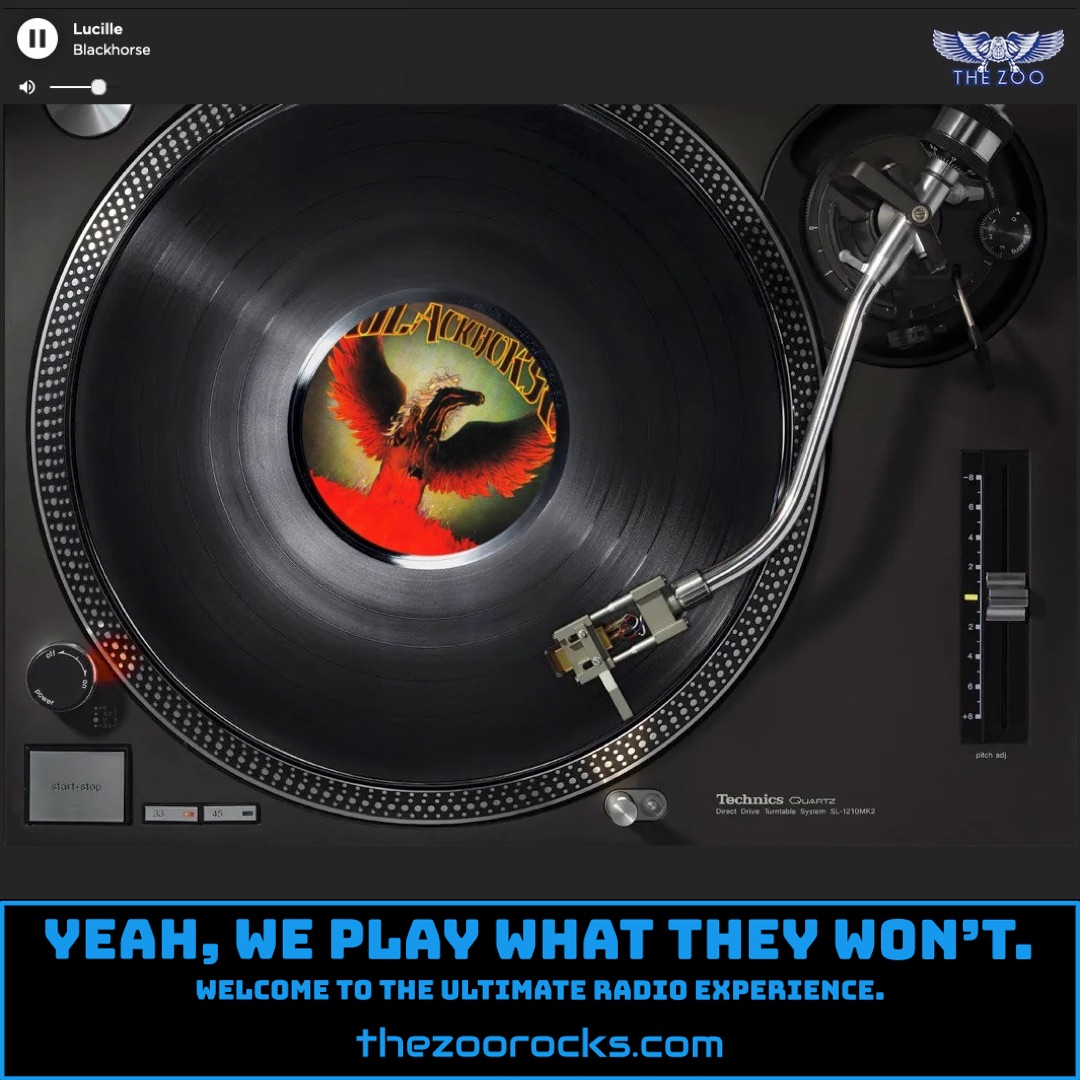What A Fool Believes (Live 1996)
The Doobie Brothers
The Zoo Crew, those groovy hippie DJs at THE ZOO radio station, are spinning the smooth vibes of "What A Fool Believes (Live 1996)" by The Doobie Brothers from their album Rockin' Down The Highway: The Wildlife Concert Disc 2 for all the Zoo Freaks out there. This track, a live rendition from a historic 1996 concert, captures the soulful essence of the original 1978 hit, written by Michael McDonald and Kenny Loggins. One juicy tidbit from the song’s creation involves its tricky recording process. According to Wikipedia, the band struggled with the rhythm track for days, and producer Ted Templeman even resorted to cutting up the master tape to piece together a usable version, much to the band’s initial horror. The result? A polished, yacht rock masterpiece that hit number one on the Billboard Hot 100 in 1979 and snagged Grammy Awards for Song of the Year and Record of the Year in 1980.
Another cool story comes from the song’s live performance context in 1996. The Wildlife Concert was a benefit for the Wildlife Conservation Society, and it marked a special reunion of key Doobie Brothers members, including Michael McDonald, who hadn’t performed with the band in years. IMDb reviews of the concert DVD highlight McDonald’s standout vocals on this track, with one fan noting how his “superb voice” stole the show without overshadowing the band’s electric energy. Social media posts on X from accounts like @in_yacht emphasize the song’s status as the “ultimate yacht rock song,” with its debut at #73 on the Billboard Hot 100 in January 1979 and its climb to #1 by April. The live version, recorded at Sony Music Studios, adds a raw, nostalgic edge, with McDonald’s soulful delivery and the band’s tight harmonies shining through.
The Doobie Brothers got their start in 1970 in San Jose, California, as a group of musicians jamming in the burgeoning Northern California rock scene. Founded by guitarists Tom Johnston and Patrick Simmons, along with drummer John Hartman, the band initially leaned into a boogie-rock sound, blending R&B, country, and hard rock. Their name, a nod to their love for “doobies” (a slang term for marijuana), reflected their laid-back, counterculture vibe. Early gigs at biker bars and local clubs built their reputation, and by 1971, they released their self-titled debut album. Their breakthrough came with 1972’s Toulouse Street, featuring hits like “Listen to the Music.” The addition of Michael McDonald in 1975, after Johnston’s health issues, shifted their sound toward the soulful, keyboard-driven style heard in “What A Fool Believes.” This evolution, detailed in their AllMusic bio, cemented their versatility and enduring appeal.
Fans can stay connected with The Doobie Brothers through their official website, where they share tour dates, news, and merch. Their Facebook page is a hub for concert updates and fan interactions, while Instagram offers behind-the-scenes glimpses of their tours and studio work. On X, they post about new releases and engage with fans reminiscing about classics like “What A Fool Believes.” For Zoo Freaks looking to dive deeper, fan communities thrive online. The Doobie Brothers Fans Facebook group is a lively space where fans share concert photos, vinyl finds, and memories. Another gem is the fan-run Doobie Brothers Info site, packed with discographies, tour archives, and band history, perfect for any Zoo Freak craving more Doobie lore.

